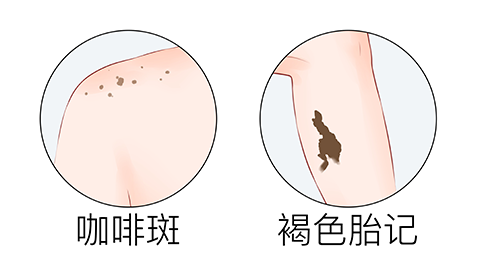How are birthmarks formed?
Under normal circumstances, birthmarks may be caused by hereditary factors, hormonal levels and physiological development, environmental factors, vascular malformations, or abnormal proliferation of melanocytes. If discomfort occurs, prompt medical attention is recommended. The analysis is as follows:

1. Heredity: The formation of certain birthmarks is closely related to heredity. If one or both parents have birthmarks, the probability of their child having similar birthmarks may increase. This may occur because genes enter the placenta during the replication process, thereby causing hereditary birthmarks. Birthmarks caused by genetic factors usually manifest as persistent skin features without accompanying other symptoms.
2. Hormonal Levels and Physiological Development: Changes in maternal hormone levels during pregnancy and the physiological development of the fetus may also lead to the formation of birthmarks. During embryonic development, skin tissue might undergo abnormal proliferation or differentiation due to fluctuations in hormone levels, resulting in abnormal distribution of pigment cells or vascular cells.
3. Environment: Environmental factors such as harmful substances, radiation, and chemicals to which the mother is exposed during pregnancy may interfere with the normal development of the fetus, leading to gene mutations and the formation of birthmarks. Additionally, unhealthy dietary habits and poor lifestyle choices may also increase the risk of birthmark formation.
4. Vascular Malformations: Vascular malformations are a common cause of birthmarks. During embryonic development, if blood vessels develop abnormally or are affected by certain factors, they may proliferate excessively or form abnormal structures in specific areas, resulting in vascular-type birthmarks such as hemangiomas.
5. Abnormal Proliferation of Melanocytes: Melanocytes are cells responsible for skin pigmentation. In rare cases, these cells may proliferate or cluster abnormally, causing abnormal pigmentation in specific areas of the skin, thus forming pigmented birthmarks.
Most birthmarks do not require treatment. However, if patients are dissatisfied with their appearance, they can visit a hospital to consider treatment options such as laser therapy, chemical peeling, or microneedling. Large or giant congenital birthmarks may require surgical excision.





